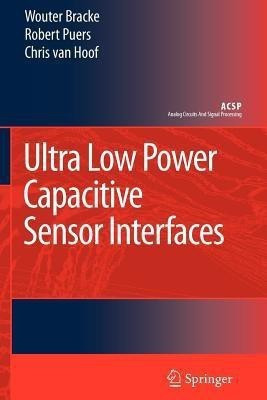Ultra Low Power Capacitive Sensor Interfaces(English, Paperback, Bracke Wouter)
Quick Overview
Product Price Comparison
The increasing performance of smart microsystems merging sensors, signal processing and wireless communication promises to have a pervasive impact during the coming decade. These autonomous microsystems nd applications in sport evaluation, health care, environmental monitoring and automotive s- tems. They gather data from the physical world, convert them to electrical form, compensate for interfering variables or non-linearities, and either act - rectly on them or transfer it to other systems. Most often, these sensor systems are developed for a speci c application. This approach leads to a high rec- rent design cost. A generic front-end architecture, where only the sensors and the microcontroller software are customized to the selected application, would reduce the costs signi cantly. This work presents a new generic architecture for autonomous sensor nodes. The modular design methodology provides a exible way to build a complete sensor interface out of con gurable blocks. The settings of these blocks can be optimized according to the varying needs of the application. Furthermore, the system can easily be expanded with new building blocks. The modular system is illustrated in a Generic Sensor Interface Chip (GSIC) for capa- tive sensors. Many con guration settings adapt the interface to a broad range of applications. The GSIC is optimized for ultra low power consumption. It achieves an ON-state current consumption of 40?A.


